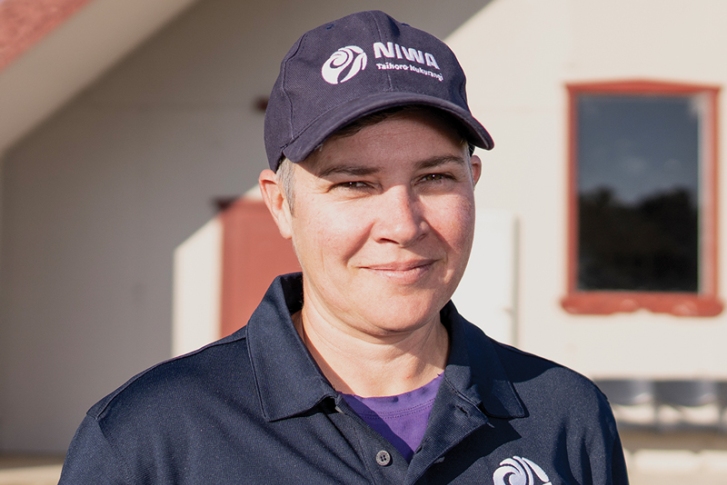New Zealand’s freshwater and estuarine resources provide significant cultural, economic, social, and environmental benefits. Competition for the use of these resources is intensifying, and many rivers, lakes and estuaries are now degraded. Māori are particularly sensitive to the use and development of freshwater, and hold distinct perspectives concerning their identity, knowledge, and custodial obligations to manage tribal waters. However, Māori interests/cultural values are not always fully considered in planning and resource management decision-making; even though Māori play a critical role in the co-management of freshwaters, and the rehabilitation of degraded values and services are key elements of numerous Treaty settlements.
Project Overview
The research programme, Ngā Kete o te Wānanga: Mātauranga, Science & Freshwater Management, is one of two projects funded as a result of the Ministry of Business Innovation & Employment’s (MBIE) 2013 Freshwater Management Sandpit. Facilitated discussions at the 2013 Sandpit considered the question, “How can we develop and optimise synergies between science, mātauranga Māori and other relevant factors to improve freshwater management?”. Ngā Kete o te Wānanga is the result—a multidisciplinary research programme designed around the idea that bringing together mātauranga Māori and science knowledge systems will inform and improve decision-making and collaborative management in New Zealand.
We aim to achieve this by: (i) focussing strongly on cultural values, uses and opportunities, (ii) developing Māori capacity in freshwater research, management and policy, and (iii) developing methods to work collaboratively across disciplines to influence how mātauranga Māori and current best science practice is used in freshwater management processes (e.g., Southland Water and Land 2020 and the National Objectives Framework).
MBIE directed the Sandpit programme to be undertaken in two regions: Murihiku (Southland) and Canterbury (Waitaki and Opihi catchments). As such, Ngā Kete o te Wānanga is working in two very different freshwater management contexts with manawhenua and rūnanga (Ngāi Tahu ki Murihiku Rūnanga, Te Ao Mārama Inc, Te Rūnanga o Arowhenua, Ngāi Tahu Rock Art Trust, and Kai Tahu Ki Otago). Since this programme began, our rūnanga partnerships have further defined the culturally relevant spatial scales and refined the focal freshwater management priorities and research need within these local contexts.
Project Approach and Outcomes
In this programme we are using the following definition of mātauranga Māori to guide our research:
Mātauranga Māori is holistic perspective encompassing all aspects of knowledge and seeks to understand the relationships between all component parts and their interconnections to gain an understanding of the whole system. It is based on its own principles, frameworks, classification systems, explanations and terminology. Mātauranga Māori is a dynamic and evolving knowledge system, has both qualitative and quantitative aspects, and includes the processes for acquiring, managing, applying and transferring that body of knowledge.
The programme recognises the unique role that Māori have as kaitiaki in the progression and implementation of freshwater management and research in New Zealand. Consequently this programme has a strong focus on the knowledge/information, capability and capacity needs of Māori. Co-governance and co-management of the environment between iwi/Māori and the Government poses challenges in bringing together differing viewpoints on the use of our freshwater and estuarine resources. This programme aims to demonstrably change freshwater management in New Zealand, and in turn benefit the health and wellbeing of Māori communities and our national freshwater assets, by addressing these challenges.
Research Team
Co-leadership team: Erica Williams (Te Kūwaha, NIWA), Gail Tipa (Tipa & Associates), Jane Kitson (Te Rūnanga o Ngāi Tahu).
Team: Ailsa Cain (Kauati Ltd), Dean Whaanga (Te Ao Mārama Inc), Mandy Home, Shannan Crow and Ani Murchie (Te Kūwaha, NIWA), Ton Snelder and Simon Harris (Land Water People), Roger Young (Cawthron Institute), Mark Gyopari (Earth In Mind), Garth Harmsworth (Landcare Research), Kai Tahu Ki Otago, Ngāi Tahu Rock Art Trust.
External People Involved
- Dr Gail Tipa
- Dr Jane Kitson

